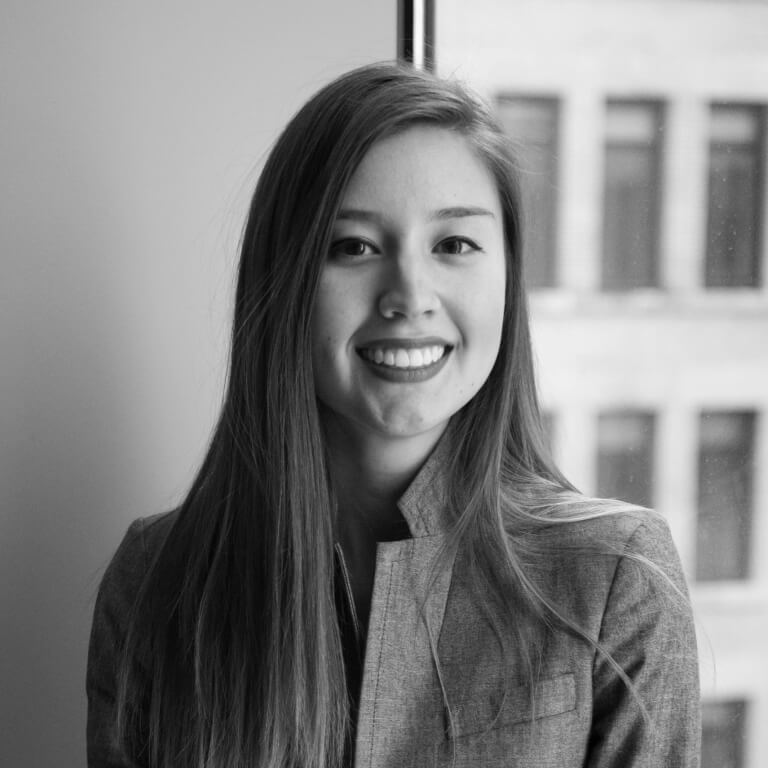They were dancing a masked dance (bocat katsena). They danced during the morning and at noon the dancers retired and the people ate their dinners. A boy lived on the west side of the plaza in the houses on the second tier. He had just washed his hair and it was very long and hung down his back.When the people had finished eating this boy stood on the roof of his house and watched the katcina come in for the afternoon dance. There was another masked dancer with them and on his mask was the print of a bloody hand. No one had ever seen him before. He came in with the others and danced with them.When the dance was over he made signs and said, "I want to run a race with one of the men of this Pueblo." The chief men sent two of the koshare to be messengers for him and he said to them, again, "I want to run a race." Four times the koshare went to the chief men but they did not want to agree.Again the Bloody Hand Katcina pointed to the east, meaning, "I want to run a race in that direction." He motioned to the boy who lived on the west side of the plaza and who had been watching the katcina's come in for the dance. He called him to come down and race with him.The koshare brought the boy down from the roof top. They took him to the northeast …
The business owners must have an agreement restricting stock holding to family members. The succession of ownership should be set up so that in the event of marriage, divorce, death, disability, or retirement, ownership is kept within the bloodlines of the family.







